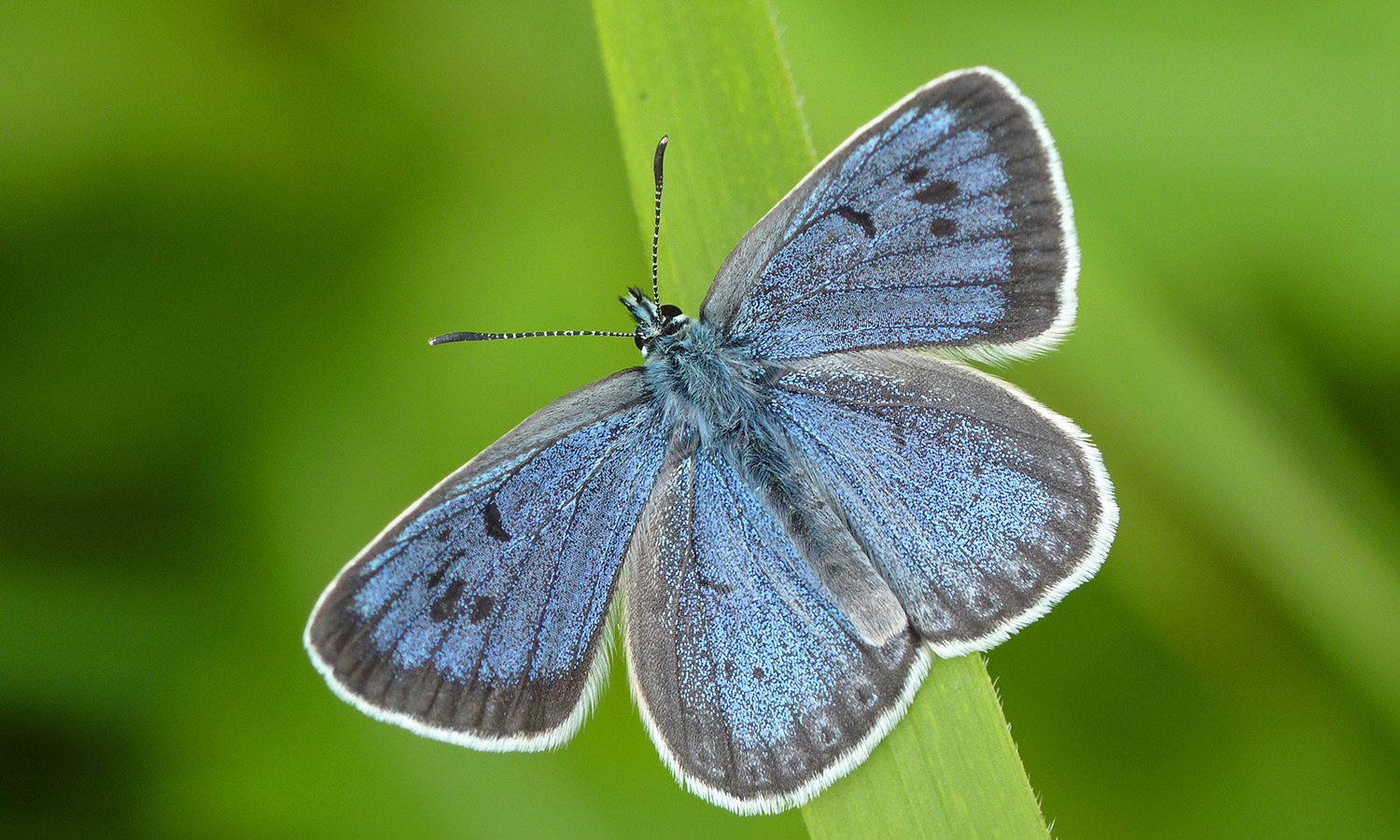Of the four UK countries, England’s butterflies have fared the worst, particularly those species that rely on specific habitat to thrive.
However, despite severe long-term decline in England, some species, such as the Heath Fritillary and Duke of Burgundy, show notable recent improvements due to conservation action, demonstrating the success of targeted, species-focused approaches to conservation.
Other species for which targeted conservation action is having a positive impact include:
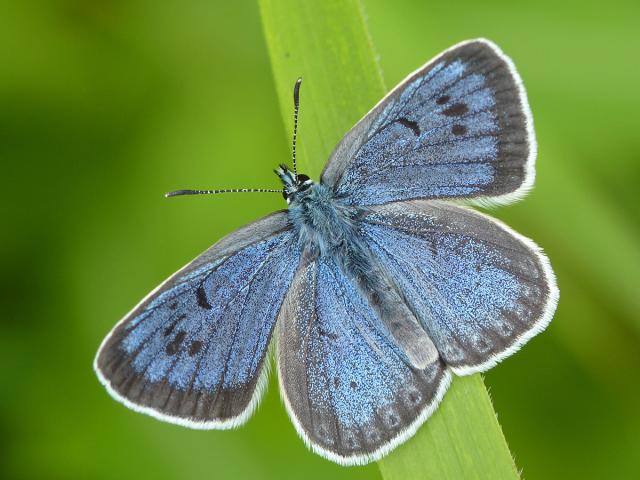
Large Blue
The reintroduction and ongoing conservation of Large Blue is one of the clearest success stories amidst the overall picture of butterfly decline in England. Although it remains rare and a Priority Species, the Red List status of Large Blue has moved from Regionally Extinct through Critically Endangered and, now, Near Threatened over the past 40 years. Reintroductions to two landscapes, the Poldens and Cotswolds, have thrived thanks to enormous efforts by a partnership of scientists and conservation organisations, resulting in a 1,883% increase in abundance (1983-2019).
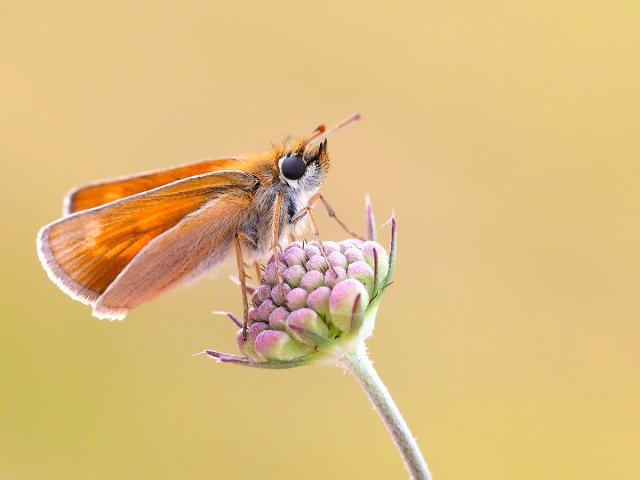
Lulworth Skipper
In the case of Lulworth Skipper, another Priority Species, careful management of grazing intensity is essential to maintain the medium to tall clumps of Tor-grass used as caterpillar foodplants. Some habitat patches cannot be managed with livestock for safety reasons (e.g. cliff tops), so Butterfly Conservation and partners are researching alternative ways to maintain such areas, which may be important refuges for Lulworth Skipper colonies when the quality of grazed sites is low (e.g. due to drought or too much grazing). Maximising habitat quality is vital for the conservation of this species, which has a very small UK range and has decreased in abundance by 76% (1992-2019).
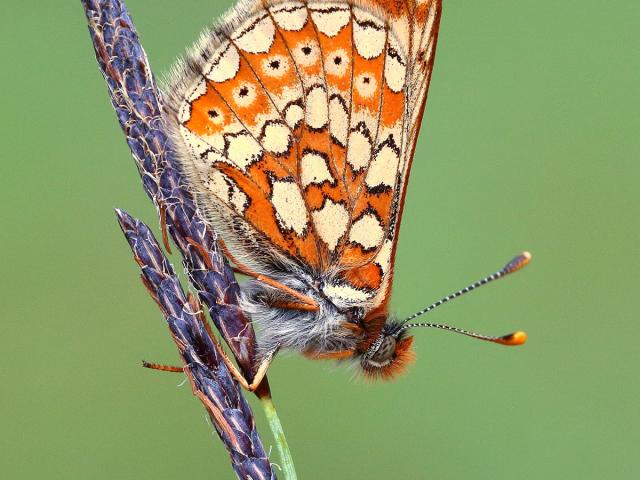
Marsh Fritillary
Marsh Fritillary is a Butterfly Conservation Priority Species that has benefitted from a carefully planned programme of reintroductions, this time in Cumbria. By 2004, the species was down to a single larval web in the county but successful reintroductions and subsequent natural spread, backed by management to restore high quality habitat, resulted in 2,475 webs at 15 sites in five separate landscapes in 2019. More broadly, a recent review of Marsh Fritillary in England indicated that colony loss in the core areas had stabilised after many years of decline, following major conservation efforts in most of the key landscapes for the species.
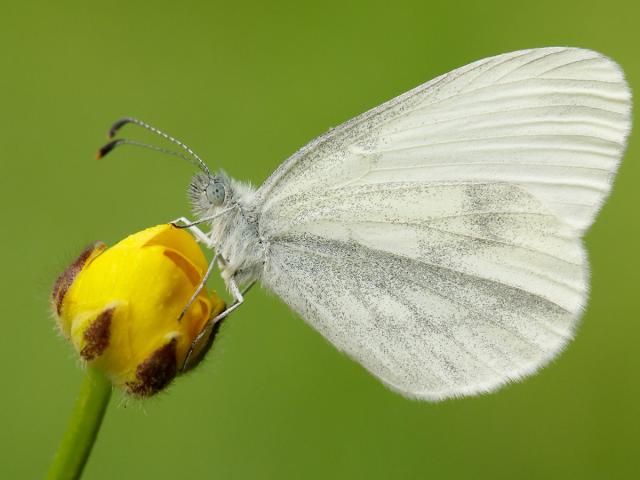
Wood White
The Wood White has decreased by 82% in abundance (1979-2019) and by 77% in distribution (1992-2019), is listed as Endangered in the Red List and is a Priority Species for Butterfly Conservation. Most of the long-term abundance decline took place during the 1980s and recent signs are more positive, however, thanks to intensive conservation efforts in many parts of the Wood White’s range. Butterfly Conservation staff, for example, have made over 1600 advisory visits to Wood White sites since 2001, and there has been a succession of successful long-term conservation projects, particularly in the West Midlands. A recent review found that Wood White occupied 610.2 ha across 62 sites (almost all of which are in England) in 2015-2019 compared to 215.8 ha across 36 sites in 2005-2009.
How you can help us
You can help us to continue to halt and reverse the decline in butterflies by donating to Butterfly Conservation.


